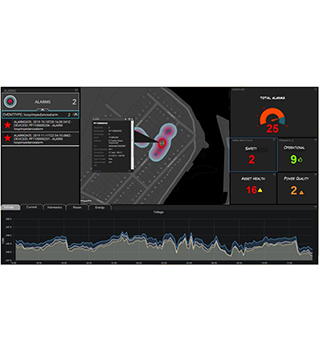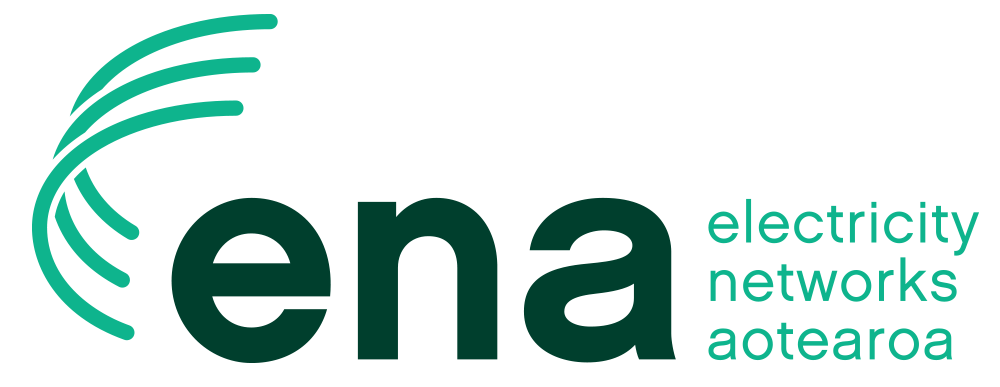Westpower's low voltage monitoring device

Project
A trial rollout of PowerPilot, an innovative Internet of Things (IoT) based, low voltage management device, designed and built by Westpower subsidiary, ElectroNet Technology.
The PowerPilot device provides real-time network data, transmitting this data using wireless communications such as Wi-Fi or LoRaWAN (long range wireless).
Objective
To provide real-time network performance information, to gain experience with mass collection of LV data, and to understand how this can best be used by the business to improve its service performance.
Benefits
Visibility of the status and performance the low voltage network is critical to the introduction of distributed generation technologies and two-way power flows.
What is the problem?
Network operators have good real-time visibility over their high and medium-voltage networks but have little visibility of the low voltage (LV) networks that connect their network with homes and businesses.
With the introduction of new distributed generation and storage technologies and two-way flows, better information on the status and the performance of LV network is critical.
Networks need to start gathering data now to understand the trends so good decisions can be made to respond to changing demands.
What is the solution?
PowerPilot provides an innovative and smart technology solution that directly supports the network transformation roadmap for electricity distribution businesses while supporting core strategies to improve network safety, reliability and performance.
As part of a major field trial, Westpower has rolled out 500 PowerPilot units on its network, to gain experience with mass collection of LV data, and to understand how this can best be used by the business to improve its service performance.
PowerPilots are being installed at a range of distribution substations and installations, including a mix of intensive urban sites.
Why is this important?
Improved real-time visibility of the status or performance of their LV networks is vital to mass uptake of newer technologies - such as solar photovoltaic (PV) panels, batteries, and significant new loads such as electric vehicles which increase both operational complexity and safety risks.
Initial findings
The data insights provided to date are building a strong case for extending the rollout throughout the network and then marketing this innovative technology to other electricity distribution networks.
Expected benefits
Transformation
- Prepare networks for disruptive technologies
- Leverage and manage peak load diversity
- Support microgrids and new network configurations
- Support load aggregation and other new business models
- Support Distributed Energy Resource (DER)
Safety
- Identify safety hazards before anyone is put in harm’s way
- High voltage “conductor down” fault sensing
- Unique loop impedance monitoring• Detect earth thefts.
Reliability
- Restore power faster and reduce downtime metrics such as SAIDI
- “Last gasp” power loss alerts
- Minimise SAIDI minutes
- Provide situational awareness
- Optimise back-feeding during outages
Performance
- Because it pays to know what is happening on the network
- Provides true LV network performance visibility
- Optimise asset utilisation
- Improves phase balance
- Allows deferral of unnecessary capital expenditure.
(See video)


